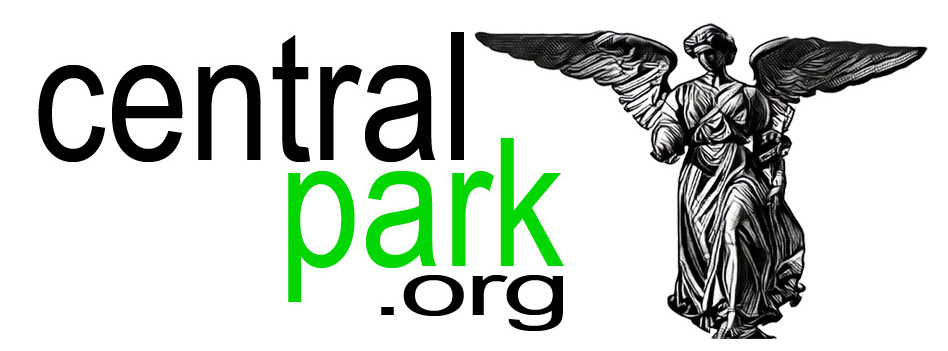Squill (Scilla)
Squill is a type of bulb-forming perennial herbs from the family Liliaceae (lily family). There are more than ninety species found in woodlands, sub alpine meadows, and seashores across the Old World and they have become a favorite with gardeners all across the Northern Hemisphere as well. Their vibrantly beautiful flowers are usually blue, but white, pink, and purple types are not uncommon. Most of this species flower in early spring, but a few bloom during the fall months.
[DiviShortcode id=”8707″]
The Scilla peruviana, a variant of the flower, is of interest for its name; it is a native of southwest Europe, not of Peru. The name resulted when Carolus Linnaeus (the brilliant man who gave us the modern method for naming and categorizing all plants and animals) described the species in 1753; he was given specimens imported from Spain aboard a ship named Peru, and was misled into thinking the specimens had come from that country. Unfortunately the rules of botanical naming do not allow a scientific name to be changed simply because it is potentially confusing.
In the area of practical applications squill liquid extract, a preparation of powdered squill and ethanol, is used as an ingredient in cough medicines and cardiac surgery and is still employed in many homeopathic treatments.
While the squill in the Conservatory Garden are seldom seen as the star of the show they are an integral component of the bright floral array that appears every spring. If there were a best supporting flower award this hearty bloom would surely be a favored nominee.
 Conservatory Garden
Conservatory Garden
One of the hidden wonders of Central Park is the Conservatory Garden at Fifth Avenue and 105th St. A secluded oasis, just a few steps down from one of the City’s busiest thoroughfares; the garden offers a fragrant respite from the gasp and clatter of the urban afternoon.


